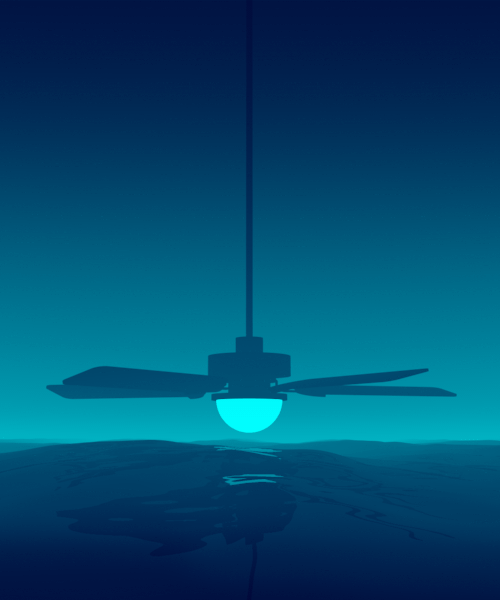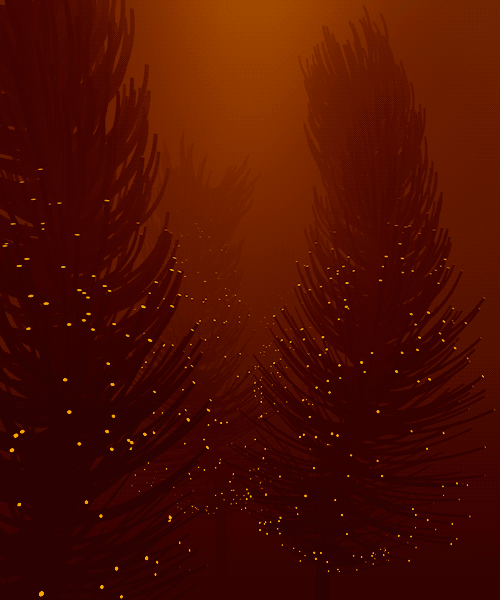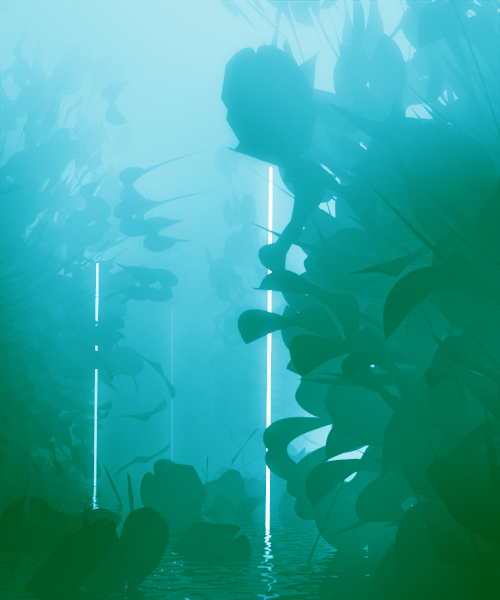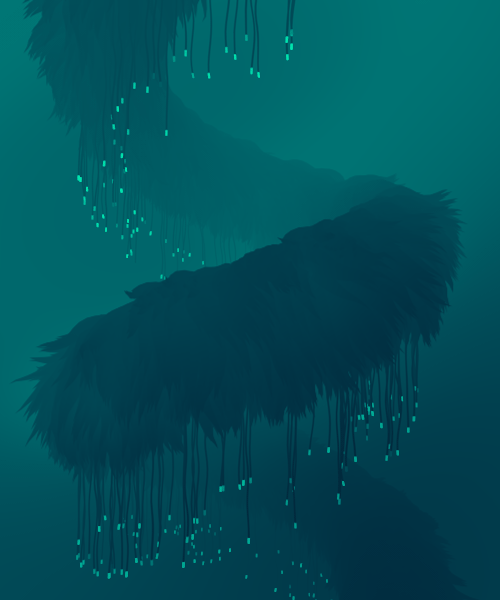Latest Posts by secretagentpeptidebond - Page 2


The flowerhat jellies eat live fish, which aquarists deliver to the brainless beauties using a straw.
#VisitorPicture by @girlymurley #regram #jelly #jellyfish #ocean #animals #closeup #NEAQtentacles #lunchtime #fish #beautiful



Black Bread Mold
The above images show the sporangium (fruiting bodies) of the bread mold, Rhizopus Stolonifer, growing on the surface of bread.
MORE INCREDIBLE MICROGRAPHS OF BREAD MOLD
Spores circulate freely in the air. On a favorable medium, they germinate a network of hyphae (threads). Their function is to absorb food for growth & for spore production. Rhizopus produces stolons, or aerial hyphae, which on contact with the medium grow rhizoids or ‘rootlets’. They anchor the fungus & absorb some water. Spores develop in saclike bodies, or sporangia (globular structure). They are carried at the ends of specialized hyphae called sporangiophores.
Rhizopus sp. are generally saprophytic, feeding on decaying animal and plant matter. However they can also be parasitic, feeding on living plants, animals and even humans.
Images above © Science Source

We’ll get back to Mary Anning later.
Is Kelis’ milkshake song a gift to humanity, or what?

A Disturbance In The F-Ring
A bright disruption in Saturn’s narrow F ring suggests it may have been disturbed recently. This feature was mostly likely not caused by Pandora (50 miles or 81 kilometers across) which lurks nearby, at lower right. More likely, it was created by the interaction of a small object embedded in the ring itself and material in the core of the ring. Scientists sometimes refer to these features as “jets.”
Because these bodies are small and embedded in the F ring itself, they are difficult to spot at the resolution available to NASA’s Cassini spacecraft. Instead, their handiwork reveals their presence, and scientists use the Cassini spacecraft to study these stealthy sculptors of the F ring.
This view looks toward the sunlit side of the rings from about 15 above the ring plane. The image was taken in visible light with the Cassini spacecraft narrow-angle camera on April 8, 2016.
The view was acquired at a distance of approximately 1.4 million miles (2.2 million kilometers) from Saturn and at a Sun-Saturn-spacecraft, or phase, angle of 105 degrees. Image scale is 8 miles (13 kilometers) per pixel.
The Cassini mission is a cooperative project of NASA, ESA (the European Space Agency) and the Italian Space Agency. The Jet Propulsion Laboratory, a division of the California Institute of Technology in Pasadena, manages the mission for NASA’s Science Mission Directorate, Washington. The Cassini orbiter and its two onboard cameras were designed, developed and assembled at JPL. The imaging operations center is based at the Space Science Institute in Boulder, Colorado. -NASA/JPL-
Image above © NASA/JPL-Caltech/Space Science Institute

Small changes add up to big results. You can activate the movement.
Tune into the livestream for the United State of Women Summit 6/14 here . GIF by Tumblr Creatr Thoka Maer

BLUE MOON
Suli Ayad, an undergraduate working in Kenneth Hanson’s lab at Florida State University, synthesized these crystals of 7-bromo-2-naphthol in a round-bottom flask. Under ultraviolet light, the crystals glow bright blue because when 7-bromo-2-naphthol molecules absorb the energy in UV light, they get excited. The molecules then release that energy as blue light to return to their lower-energy ground state. But Hanson’s group is interested in the chemical’s excited state for another reason: In the excited state, the molecule is more than 10 billion times as acidic as it is in the ground state. This is due to a shift in electron density away from 7-bromo-2-naphthol’s OH group. The switchable increase in acidity makes the molecule a useful catalyst in organic chemistry.
Submitted by Jamie Wang and Kenneth Hanson. Do science. Take photos Get money. Enter our monthly photo contest here for your chance to win $50!
Related C&EN content:
Crystallized in Orange
Dimming The Lights On Photocatalysis

Nightshot: June 12th. NYC City Hall @ 10:30pm. p u l s i n g i n s o l i d a r i t y w i t h l o v e

A Living Cage
The typical eukaryotic, which basically covers every cell found in animals, plants, fungi, slime molds, protozoa and algae, is a packed place, crammed with a nucleus (itself containing six feet of tightly wound DNA), mitochondria, centrosomes, peroxisomes, lysosomes, ribosomes, endoplasmic reticula (both smooth and rough), actin filaments, Golgi vesicles and more.
All of these cellular elements are in constant action, buzzing with communication and the movement of molecules. The image above, produced by Maria Voigt at the RCSB Protein Data Bank, depicts a clathrin cage, which is essentially a little basket for carrying and moving things around inside cells. Clathrin derives from the Latin clatratus, which means lattice.
Cells have a lot of them. They’re used to transfer nutrients, import signaling receptors, mediate an immune response after sampling the world outside the cell and the clean-up of cellular debris. When not in use, the cages are broken up, to be reassembled when next needed.
The cage above is roughly 50 nanometers wide, a size almost too small to imagine. By comparison, there are 25.4 million nanometers in an inch. A sheet of paper is roughly 100,000 nanometers thick. A single strand of human DNA is 2.5 nanometers in diameter.
The image is one of this year’s winners of the Wellcome Image Awards.
Device Rids Buses of Dangerous Pathogens The best place to enjoy a breath of fresh air may be a city bus, if Rice Univ. students have their way. A team of graduating seniors has created a system for public transit that would continually clear the air of pathogens that can lead to tuberculosis (TB), flu and pneumonia. The CityBusters – Joseph Spinella, Jerry Lue, Sundeep Mandava, Grace Ching and Shidong Chen, all seniors – have installed a $500 device on a METRO bus in Houston that has proven effective at killing 99.8 percent of the pathogens that circulate through the air-filtering system. The device, called FluProof, incorporates high-powered ultraviolet lamps that sterilize the air on the fly. Read more: http://www.laboratoryequipment.com/news-Device-Rids-Busses-of-Dangerous-Pathogens-043012.aspx

fun things to do in lab
accidentally crushing a pcr tube when opening it with one hand
dropping… anything. especially an entire box of frozen samples.
slightly too large gloves and getting them caught as you close tubes
when the magnetic spin bar spins too fast and does the thing
listening to someone else’s forgotten timer go off
“uh… what’s that smell..”
going in for a pipette tip and then overturning the entire box
16 hour time-points
srsly who invented 16 hr time-points
they’re inhumane
labelling rows and rows of 600 ul microcentrifuge tubes by hand
“we’re sorry but this reagent has been back-ordered for 3 months”
listening to the scraping noise of plastic culture flasks on metal shelves
getting your samples stuck in any sort of machine
“i need you to go and catalog every chemical we have”
cleaning cell culture incubators with aerosolized 70% ethanol
having the fire alarms go off when you’re literally in the middle of something that can not be put down no i will perish in this fire before i forgo this damn experiment!
that sense of pure panic when you realize you miscalculated how much reagent you need
“one of your mice died and its cage mates ate half the body”
i think i did something actually worthwhile in science this week.
i was asked to review a children’s science book for accuracy, and upon doing so i noted that every scientist mentioned by name was a man, and the vast majority were white. i pointed this out to the publishers in my review letter.
surprisingly, my comments seemed well received. i was thanked for noticing what everyone else had missed, and they told me they were going to change the list of scientists they discussed to be more representative. so, yay? i may have actually had a positive impact on science education?
what am i even doing still stuck at the bench, pipetting shit.

It’s Schlier-tastic!!
These are my invisible wonders! Gas flows and fluid interactions. Nothing but hot air, metho and acetone, yup, humble old nail polish remover.
The images were captured using a colour indicating z-system schlieren optical array, an open shutter and a flash duration of 125 microseconds.
Exploring an Asteroid Without Leaving Earth

You may remember that back in February, four crew members lived and worked inside our Human Research Exploration Analog (HERA). That crew, made up of 4 women, simulated a 715-day journey to a Near-Earth asteroid. That 30 day mission helped our researchers learn how isolation and close quarters affect individual and group behavior. Studies like this at our Johnson Space Center prepare us for long duration space missions, like a trip to an asteroid or even to Mars.
We now have another crew, made up of four men, living and working inside the HERA. This is the spacecraft’s 10th crew. The mission began on May 3, and will end on June 1.

The crew members are currently living inside this compact, science-making house. But unlike in a normal house, these inhabitants won’t go outside for 30 days. Their communication with the rest of planet Earth will also be very limited, and they won’t have any access to internet. The only people they will talk with regularly are mission control and each other.

The HERA X crew is made up of four males selected from the Johnson Space Center Test Subject Screening (TSS) pool. The crew member selection process is based on a number of criteria, including the same criteria for astronaut selection. The four would-be astronauts are:
Ron Franco
Oscar Mathews
Chris Matty
Casey Stedman
Lisa Spence, the Human Research Program’s Flight Analogs Project Manager, explained that ideally they would like the four-person crews to be two males and two females. Due to the applicant pool, HERA IX was an all female crew, and HERA X (this current mission) is all male.

What will they be doing?
The crew will test hardware prototypes to get “the bugs worked out” before they are used in off-Earth missions. They will conduct experiments involving plants, brine shrimp, and creating a pice of equipment with a 3D printer. After their visit to an asteroid, the crew will simulate the processing of soil and rocks they collected virtually. Researchers outside of the spacecraft will collect data regarding team dynamics, conflict resolution and the effects of extended isolation and confinement.

How real is a HERA mission?
When we set up an analog research investigation, we try to mimic as many of the spaceflight conditions as we can. This simulation means that even when communicating with mission control, there will be a delay on all communications ranging from 1 to 5 minutes each way, depending on how far their simulated spacecraft is from Earth.
Obviously we are not in microgravity, so none of the effects of microgravity on the human or the vehicle can be tested. You can mimic isolation to some degree – although the crew knows they are note really isolated from humanity, the communications delays and ban from social media help them to suspend reality. We mimic confinement and the stress that goes along with it.
Scientists and researchers use analogs like HERA to gather more data for comparison to data collected aboard the space station and from other analogs so they can draw conclusions needed for a real mission to deep space, and one day for a journey to Mars.

A few other details:
The crew follows a timeline that is similar to one used for the ISS crew.
They work 16 hours a day, Monday through Friday. This includes time for daily planning, conferences, meals and exercises.
They will be growing and taking care of plants and brine shrimp, which they will analyze and document.
Past HERA crew members wore a sensor that recorded heart rate, distance, motion and sound intensity. When crew members were working together, the sensor would also record their proximity as well, helping investigators learn about team cohesion.
Researchers also learned about how crew members react to stress by recording and analyzing verbal interactions and by analyzing “markers” in blood and saliva samples.
In total, this mission will include 22 individual investigations across key human research elements. From psychological to physiological experiments, the crew members will help prepare us for future missions.

Want a full, 360 degree look at HERA? Check out and explore the inside of the habitat.
For more information on our Human Research Program, visit: www.nasa.gov/hrp.
Make sure to follow us on Tumblr for your regular dose of space: http://nasa.tumblr.com















![[x]](https://64.media.tumblr.com/29bce261611ce645164f48db408e1a0c/tumblr_o72gqu5mvq1qiz5q7o1_500.jpg)









